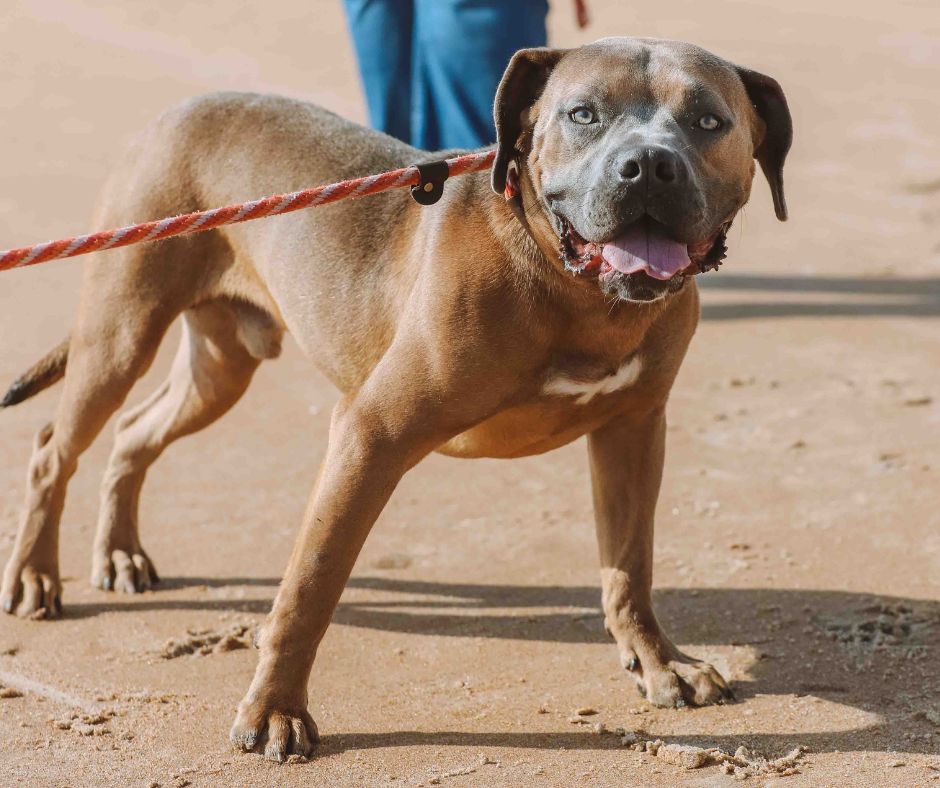As summer temperatures soar, veterinarians are reminding dog owners that the heat can be just as
dangerous for pets as it is for people. Dr. Allison Bliss, a veterinarian and Director of Shelter Medicine at Halifax Humane Society, is sharing practical advice to help keep dogs safe and comfortable during the hottest months of the year.
Avoid the Midday Heat
Dr. Bliss recommends scheduling walks and outdoor playtime during the cooler parts of the early mornings or evenings after sunset. Midday heat can cause pavement temperatures to spike, risking painful burns to dogs’ paw pads. “If it’s too hot for your hands, then it’s probably too hot for their paws, and burns can happen fast,” Bliss said. She also stressed that pets should never be left in parked cars, even for a few minutes. “Temperatures can rise to lethal levels within minutes,” she warned.
Stay Hydrated and Prepared
Hydration is key to preventing heatstroke and dehydration. Bliss advises pet owners to bring along fresh water whenever they head out, using collapsible bowls or specialized water bottles designed for dogs.
Cooling Options at Home
If air conditioning goes out, there are still ways to help dogs beat the heat. “Turn on fans, provide shaded spots to rest, or set up a kiddie pool,” Bliss suggested. Cooling vests and mats can also help reduce body temperature.
Safe Summer Fun
Summer activities can still be enjoyable with proper precautions. Frozen treats made from cut-up apples or blueberries can offer enrichment and relief. Dogs that swim in pools or the ocean should be rinsed off afterward to avoid skin irritation, chlorine sensitivity, or saltwater ingestion. Bliss cautions owners to watch their dogs closely during play: “Even if they’re excited to keep running and playing fetch, they don’t always realize they’re overheating.”
Protecting Paws and Spotting Trouble
Dog shoes can be helpful for shielding paws from hot surfaces, but not all dogs tolerate them. Positive reinforcement can help pets get used to wearing them, Bliss said. Recognizing signs of overheating is critical. “Panting can be normal, but excessive panting, drooling, disorientation, vomiting, or collapse are all signs
that a dog needs immediate veterinary attention,” she explained. Dr. Bliss emphasizes one guiding principle for pet owners during the summer: “If you’re feeling hot, your dog is probably hot, too.” By planning ahead and staying alert, dog owners can help their pets enjoy a safer, cooler summer.


